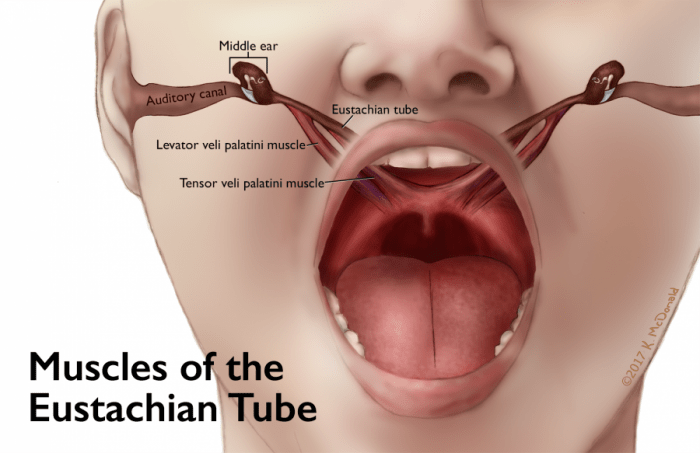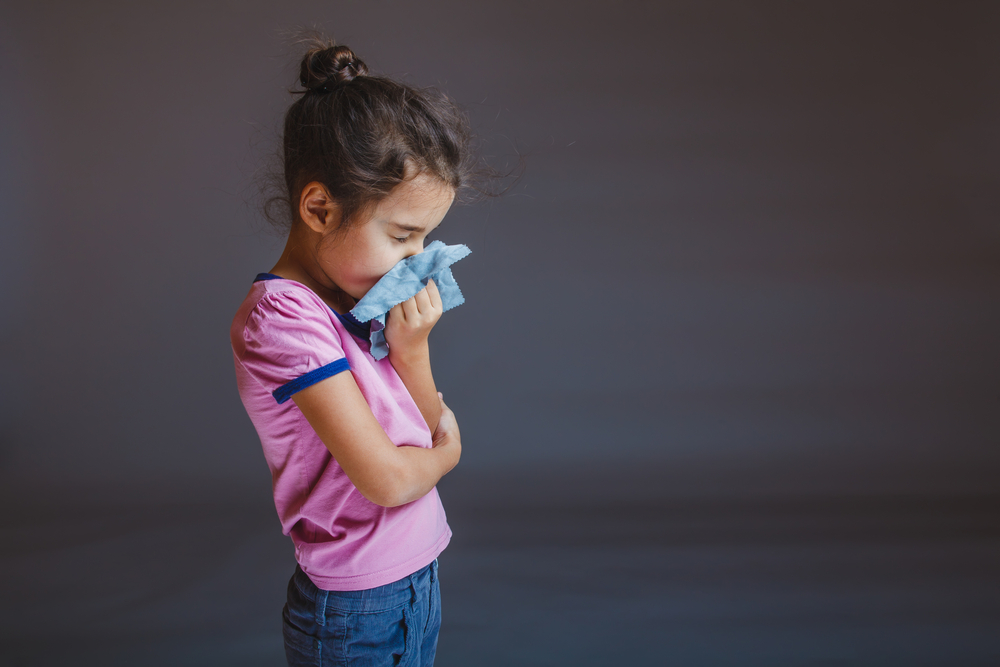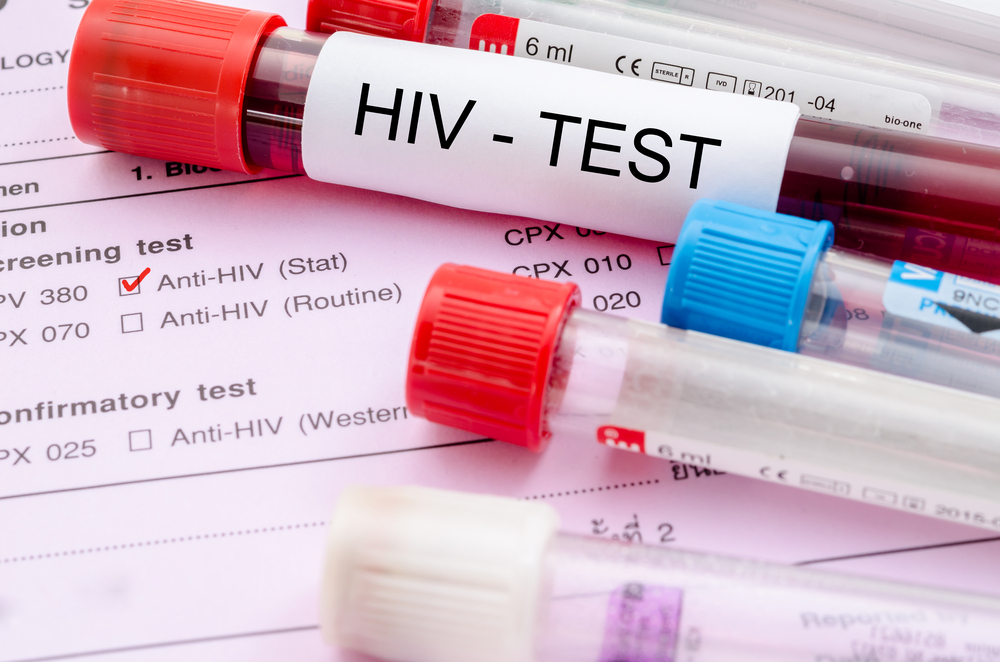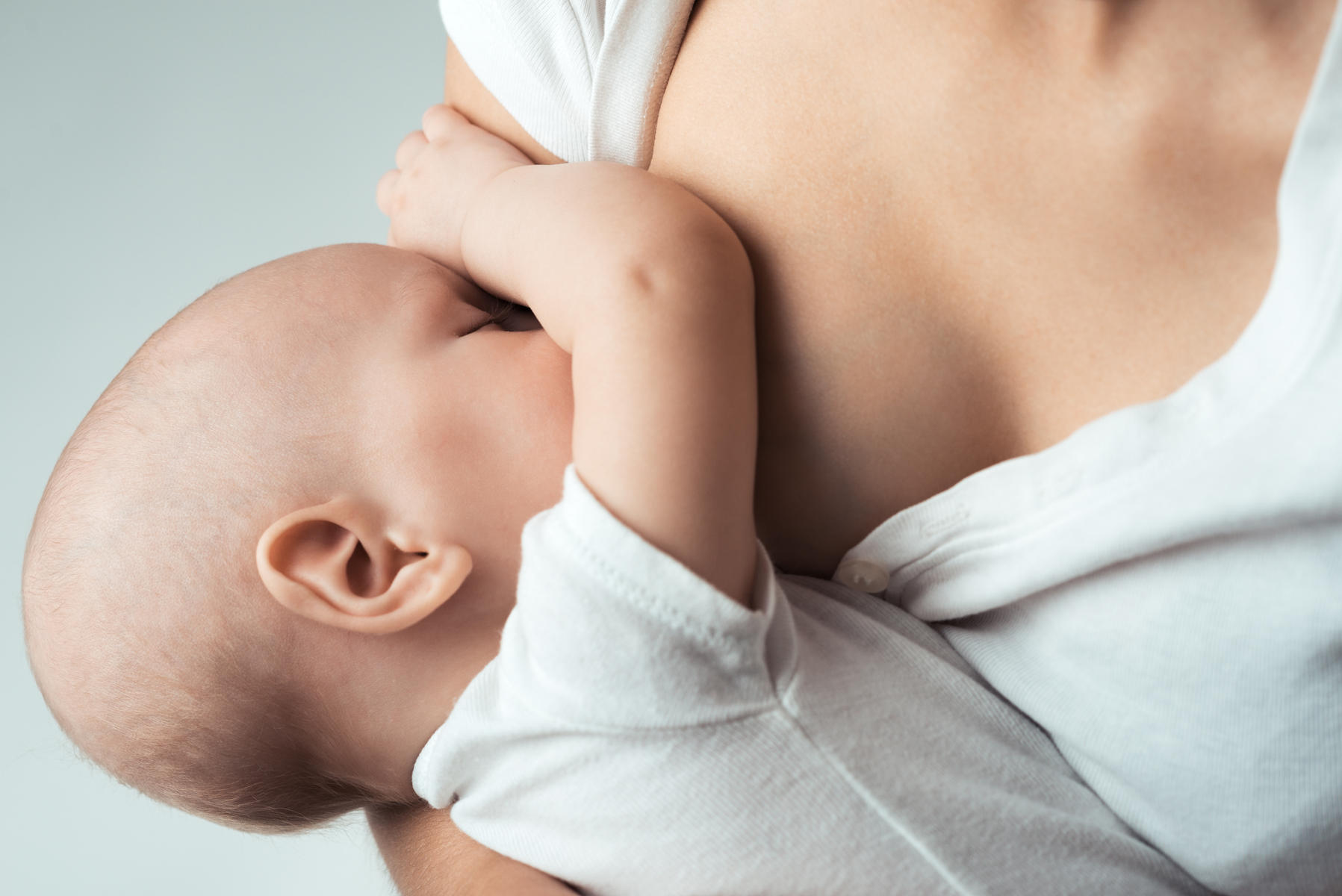Contents:
- Medical Video: Infectious Diseases A-Z: Does your child have ear pain?
- Colds don't heal can increase the risk of ear infections in children
- Children are more susceptible to ear infections than adults
- How do you prevent ear infections in children?
- What needs to be done if you have an ear infection?
Medical Video: Infectious Diseases A-Z: Does your child have ear pain?
Colds are one of the children's diseases. This is because the immune system of young children is not as strong as that of an adult. Even so, it does not mean that the cold should be left untreated. Colds that don't heal can increase the risk of ear infections in children. Why, what is the connection?
Colds don't heal can increase the risk of ear infections in children
Under normal circumstances, the eustachian channel (eustachian tube; see the picture below) which connects the upper throat with the middle ear (middle ear; see picture below) will open and close to regulate air circulation and keep the air pressure in the ear balanced.

Common cold can be caused by a viral infection that attacks the nose, throat and sinuses. When you get a cold, mucus or mucus produced by the sinuses can close the eustachian tract. Most of this mucus can then flow and fill in the empty space in the middle ear which should only be filled with air.
The condition of the damp middle ear clogged with fluid can increase the risk of bacteria and viruses multiplying in it, causing inflammation of the middle ear. The longer the cold is left, the more mucus that can pool in the middle ear.
Plus, the continuous effort to hold snot from running out will also make the germs that live in the back of the nose and back of the oral cavity "swim" towards your ear. This can increase the risk of inflammation in the middle ear.
Middle ear infection is called otitis media. Symptoms are generally fever, nasal congestion, ear pain, discharge from the ear (yellow, clear, or bleeding fluid), decreased appetite, and swollen eardrums.
Children are more susceptible to ear infections than adults
Anyone can get an ear infection after a cold if it doesn't get treated. Even so, children are more susceptible to ear infections because their immune systems are not strong enough to fight different types of germs.
In addition, the length of the eustachian canal of the child is shorter and more flat compared to adults. This can make it easier for viruses and bacteria to walk towards the middle ear.

How do you prevent ear infections in children?
Here are some ways you can avoid ear infections in children:
- See a doctor if a child's cold doesn't heal. Colds are usually accompanied by fever and lasts around 1-2 weeks. Even so, inflammation of the respiratory tract that is too long is one of the risk factors for ear infections.
- Avoid using pacifiers on your little one. When using a pacifier, make sure also the cleanliness is guaranteed.
- Avoid exposure to cigarette smoke.
- Maintain personal hygiene so that the disease does not get worse. Ask her to always wash her hands after cleaning or removing snot, as well as before and after eating. Teach children to cover their mouths when sneezing or coughing.
- Provide nutritious food as long as the child or other family member is sick.
What needs to be done if you have an ear infection?
Ear infections can be treated with prescription antibiotics, such as amoxicilin. Antibiotics are usually prescribed for children, or in the case of adults who experience severe ear infections - characterized by high fever up to 39ºC and severe ear pain for more than 48 hours.
If the infection occurs repeatedly and is accompanied by a discharge even a decrease in hearing ability, the doctor will recommend a tympanostomy procedure. Tympanostomy is done by inserting a small tube into the eardrum which serves to regulate moisture and suck up the buildup of fluid in the middle ear.












